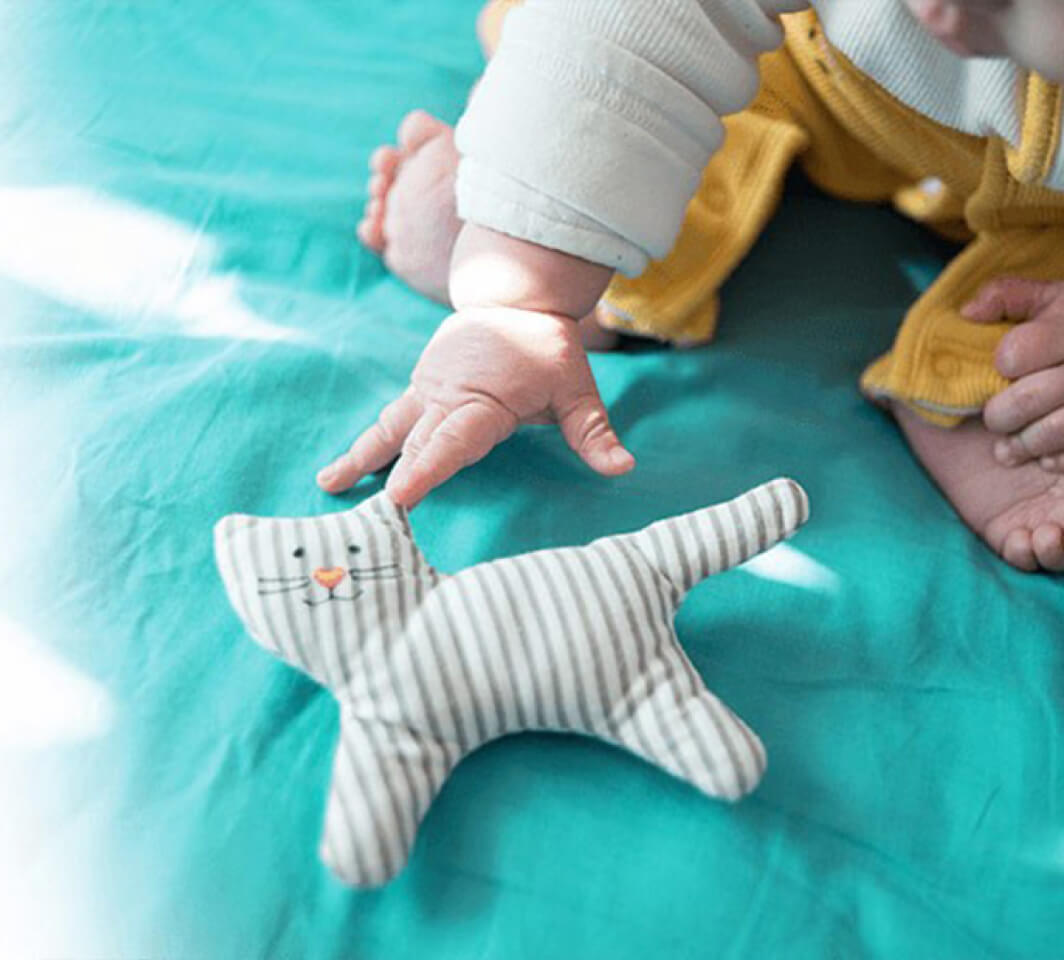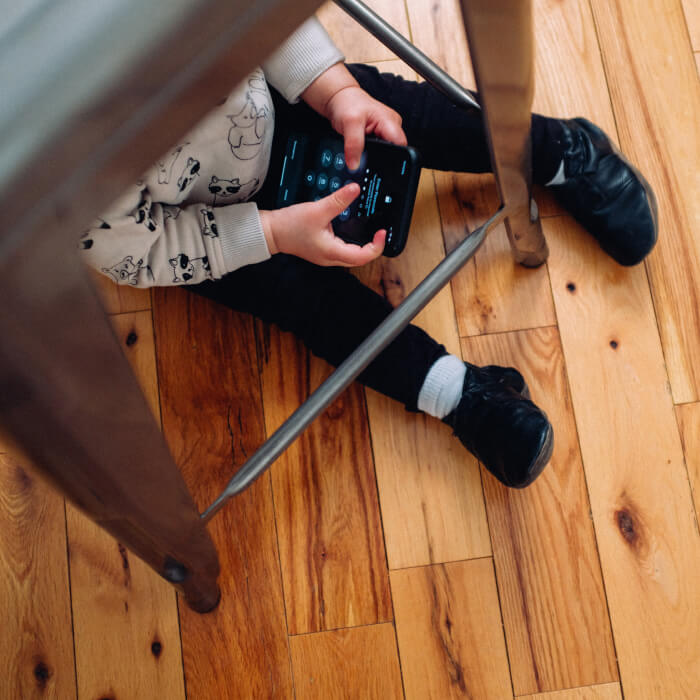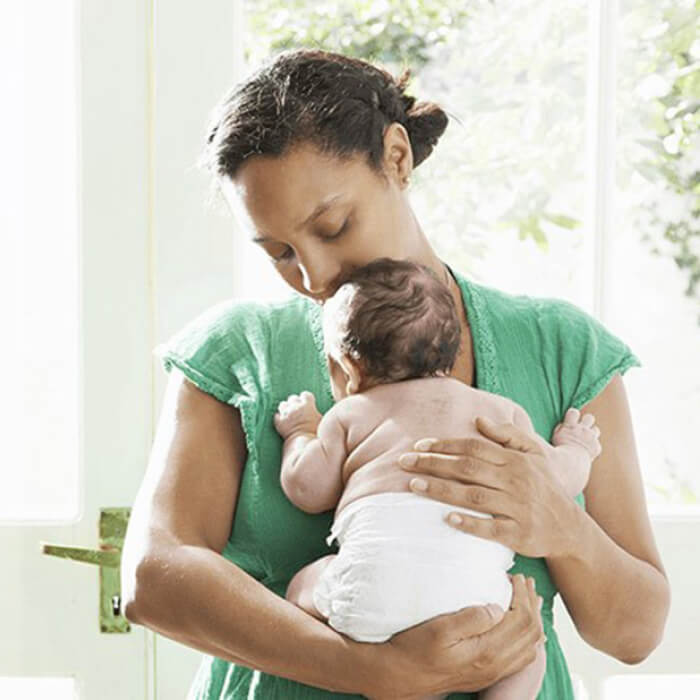How to support your baby’s motor skill development?
Take some tummy time
Under your close supervision, place your infant on his stomach to strengthen his neck and back muscles. Get your baby’s attention by holding a colorful toy and making an interesting noise. Always keep “tummy time” sessions short — about a minute or two should do it.
Have a ball
Rolling a large ball to your baby allows you to interact with him and observe his developing skills. At first your baby will simply slap it back, but eventually he will learn to swat it in your direction.
A little give and take
Put a graspable object (such as a rattle) in your baby’s hand and tug on it very gently. This activity helps build muscle as your baby resists your efforts.
Bring out the blocks
Nothing encourages an infant to crawl more than a tower of blocks that is just out of reach and waiting to be knocked down.
Take a stand
Around 4 to 7 months, gently pull your baby to a standing position. By this time your baby will start to understand the function of each body part, and start to use his feet and legs to bounce up and down with your help. This will help prepare your baby for walking. You can modify this activity for a younger baby by using a supported sitting position instead.
Make it a-maze-ing
Make an obstacle course out of light sofa cushions, pillows, or boxes on a carpeted floor. Invite your mobile baby to crawl over or between them. You can even hide behind one obstacle and play peek-a-boo. Always closely supervise your baby while he’s playing with pillows.
Finger food fun
As you begin adding healthy snacks to your baby’s diet in the later months of her first year (and with the approval of your paediatrician), finger foods are great for fine-motor practice, making each eating experience a fun learning time. Encourage your baby to pick up bites of fruit, cereal, or vegetables. Demonstrate how to do this and praise every successful snack. If you’re not sure what kinds of foods to incorporate, please talk to your doctor or dietitian.






